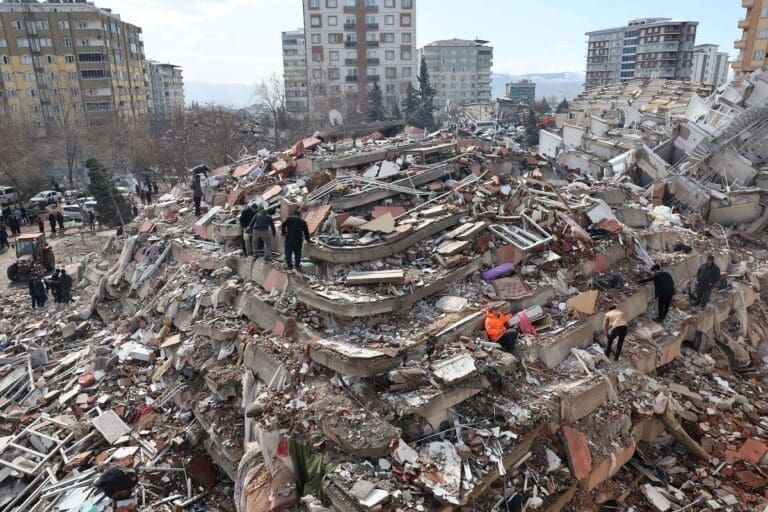Seismic waves are the result of an abrupt release of energy in the Earth’s crust, which causes earthquakes. The crust of the Earth is made up of several tectonic plates that move very slowly but constantly. Depending on the type of plate boundary, these plates can collide, slide past each other, or separate. At the point when the pressure between two plates turns out to be excessively perfect, it surpasses the strength of the stones keeping them intact, prompting a burst or slip along a separation point. Seismic waves are created by this sudden movement and travel throughout the Earth, shaking the ground and triggering an earthquake.

The movement of tectonic plates is the primary cause of earthquakes. The majority of earthquakes occur at plate boundaries, such as transform boundaries where two plates slide horizontally past each other, convergent boundaries, where two plates collide, and divergent boundaries, where two plates move apart. The collaboration between these plates makes massive tension and stress, which can develop after some time until it is delivered as a quake. When rocks along a fault line break and slide past one another, the accumulated energy is released, causing seismic waves to shake the ground.
Other factors can also cause earthquakes, though less frequently. Volcanic activity, for example, occurs when magma rises to the surface and fractures and shifts the surrounding rocks, resulting in volcanic earthquakes. Additionally, human activities like mining, hydraulic fracturing (fracking), and reservoir-induced seismicity (caused by the filling of large reservoirs) can cause earthquakes. When human actions alter the stress distribution within the Earth’s crust, releasing stored energy along existing faults or fractures, these induced earthquakes occur.
